Iceland, the land of breathtaking glaciers and fiery volcanoes, often sparks curiosity about its precise location. Contrary to some misconceptions, Iceland is not a city, nor is it nestled within mainland Europe or North America. It’s a unique island nation with a rich history and vibrant culture, situated in a fascinating corner of the globe. Known as “The Land of Ice and Fire”, Iceland’s location plays a crucial role in shaping its dramatic landscapes and unique identity.
Geographic Location and Context of Iceland
Iceland is an isolated island in the North Atlantic Ocean, a region often referred to as Northern Europe. To be more precise, Iceland forms part of Scandinavia, sharing cultural and historical ties with Denmark, Norway, the Faroe Islands, Finland, and Sweden. In the native tongue, Icelandic, the country is called Ísland.
Positioned south of the Arctic Circle, Iceland sits strategically between Greenland to the west, the Faroe Islands to the east, and Norway further to the east. This remote location in the vast expanse of the North Atlantic Ocean contributes to Iceland’s distinctive character and natural beauty.
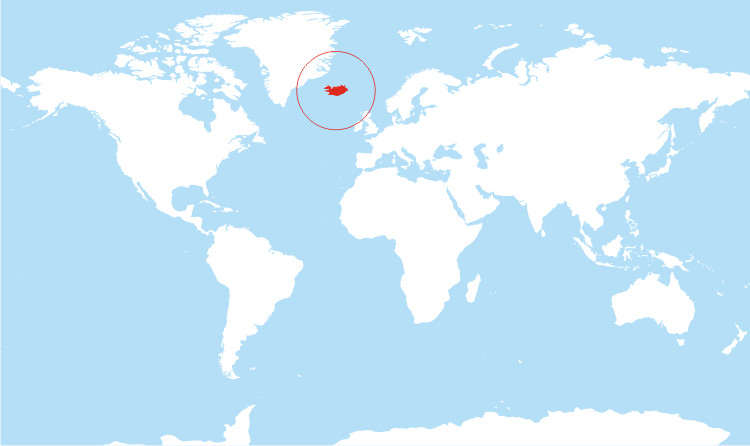 Iceland Map in the North Atlantic Ocean
Iceland Map in the North Atlantic Ocean
Key Geographical Facts and Figures about Iceland
Despite its remote location, Iceland is a substantial island with a total land area of approximately 103,000 km2 (40,000 sq mi). However, with a population of only around 370,000 people, Iceland is one of the most sparsely populated countries in Europe. This low population density is partly due to its challenging terrain, as about 10% of Iceland is covered by glaciers.
The Icelandic people, known as Icelanders, have their own language, Icelandic, which boasts deep historical roots. The country’s history dates back to around 870 AD when Norse Vikings first settled the island, establishing a continuous settlement that persists to this day.
The capital of Iceland is Reykjavík, located in the southwestern corner of the Reykjanes Peninsula. Reykjavík is the heart of Iceland, home to over two-thirds of the nation’s population. While Reykjavík is the largest city, other notable towns include Kópavogur, Hafnarfjörður, and Akureyri, each contributing to Iceland’s unique regional character.
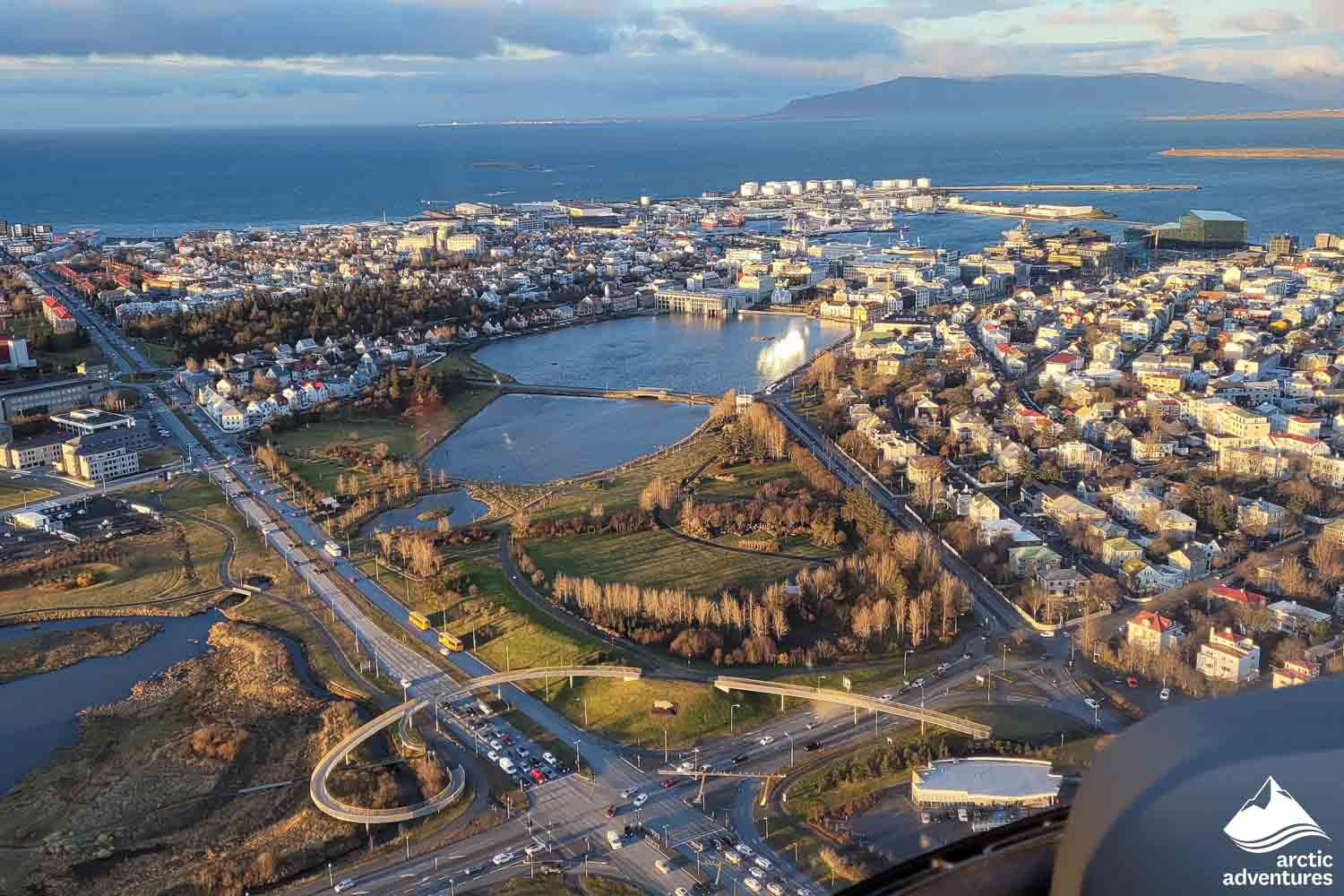 Panoramic view of Reykjavik, the Capital City of Iceland
Panoramic view of Reykjavik, the Capital City of Iceland
Tectonic Location and Geological Activity in Iceland
Iceland’s dramatic landscapes are directly linked to its unique location on the Mid-Atlantic Ridge, where the North American and Eurasian tectonic plates meet. This geological setting makes Iceland exceptionally volcanically and geologically active. Daily earthquakes are a common occurrence, and the island is dotted with numerous volcanoes, both active and dormant.
The interior of Iceland is characterized by a rugged terrain dominated by sand and lava fields, imposing mountains, glaciers, and glacial rivers carving their paths from ice caps. Despite the extensive glaciers and icy rivers, Iceland enjoys a surprisingly milder climate than its northerly latitude might suggest. This is thanks to the Gulf Stream, which brings warmer ocean currents to Iceland’s shores, particularly during the fall.
 Fagradalsfjall Volcano Eruption in Iceland
Fagradalsfjall Volcano Eruption in Iceland
Iceland Time Zone
For timekeeping purposes, Iceland operates within a single time zone, Greenwich Mean Time UTC+0 (WET). This means Iceland shares the same time as countries like Portugal, the Canary Islands, and Ireland.
Countries Close to Iceland
While Iceland is an island nation, it is geographically closer to some countries than others. Here’s a list of countries in proximity to Iceland:
- Greenland
- Faroe Islands
- Norway
- Sweden
- Scotland
- United Kingdom
- Ireland
What Makes Iceland Famous?
Iceland’s fame extends far beyond its location. It’s renowned globally for a multitude of reasons, drawing visitors and admirers from all corners of the world:
- Volcanoes, Glaciers, and Hot Springs: Geologically, Iceland is a wonderland. Its volcanoes, including the infamous Eyjafjallajökull which disrupted European air travel in 2010, glaciers, and geothermal hot springs are major attractions.
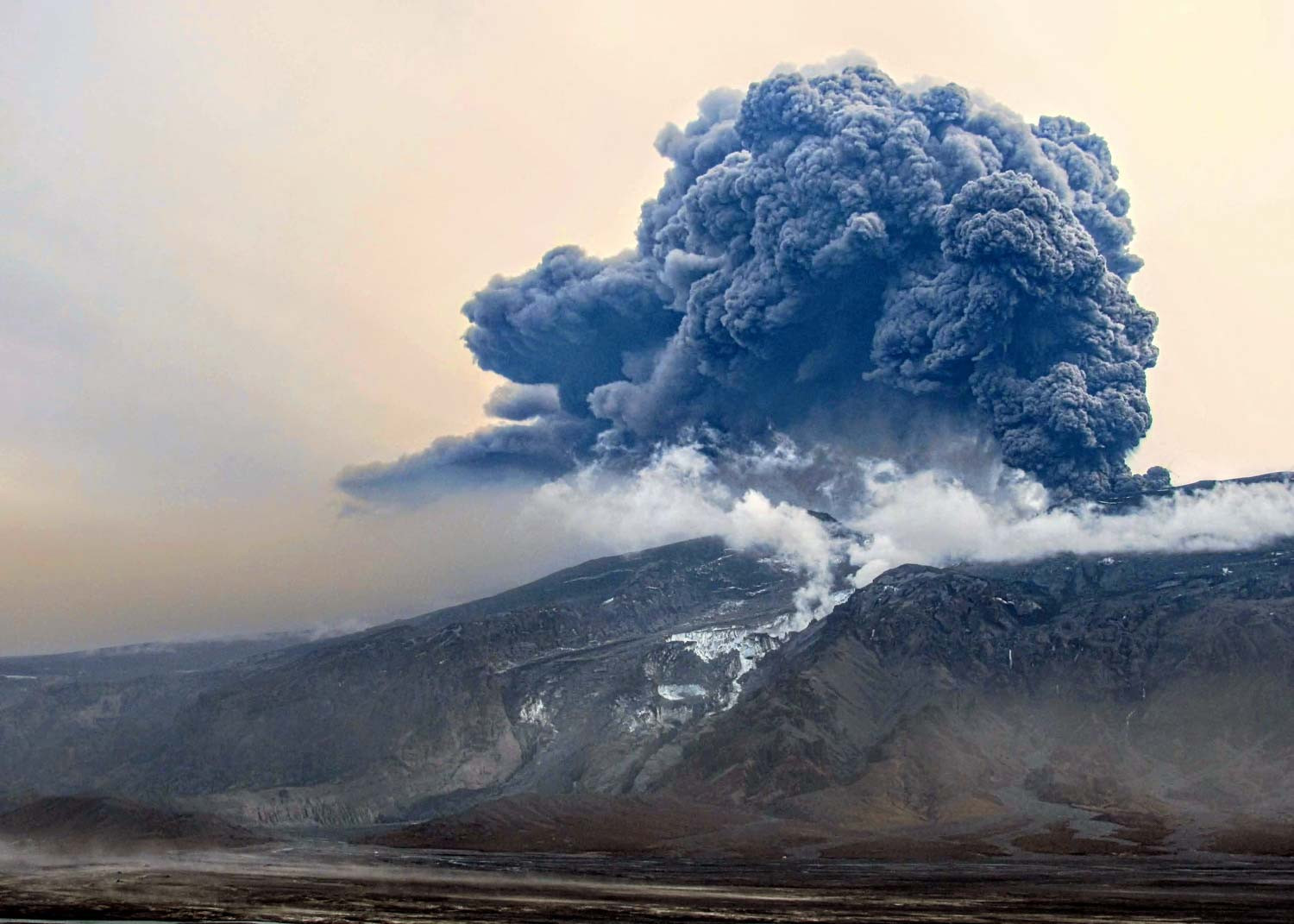 Eyjafjallajokull Volcano Eruption in Iceland in 2010
Eyjafjallajokull Volcano Eruption in Iceland in 2010
- Gender Equality: Iceland consistently ranks as one of the best countries in the world for gender equality, even having the world’s first democratically elected female president, Vigdís Finnbogadóttir.
- Arts and Music: Iceland’s vibrant arts scene is globally recognized, producing renowned bands like Sigur Rós, Kaleo, and Of Monsters and Men, as well as iconic artists like Björk and Olafur Eliasson.
- Sustainable Energy: Iceland leads the way in green, sustainable energy. Geothermal and hydropower resources power heating, electricity, swimming pools, and even greenhouses, showcasing Iceland’s commitment to environmental responsibility.
- Unique Wildlife: While the Arctic Fox is the only native land mammal, Iceland boasts diverse wildlife, including the distinctive Icelandic horse, known for its smooth tölt gait, and Icelandic sheep, prized for their wool and lamb. The waters around Iceland are also rich in whale life, with frequent sightings of Minke, Humpback, and Orca whales.
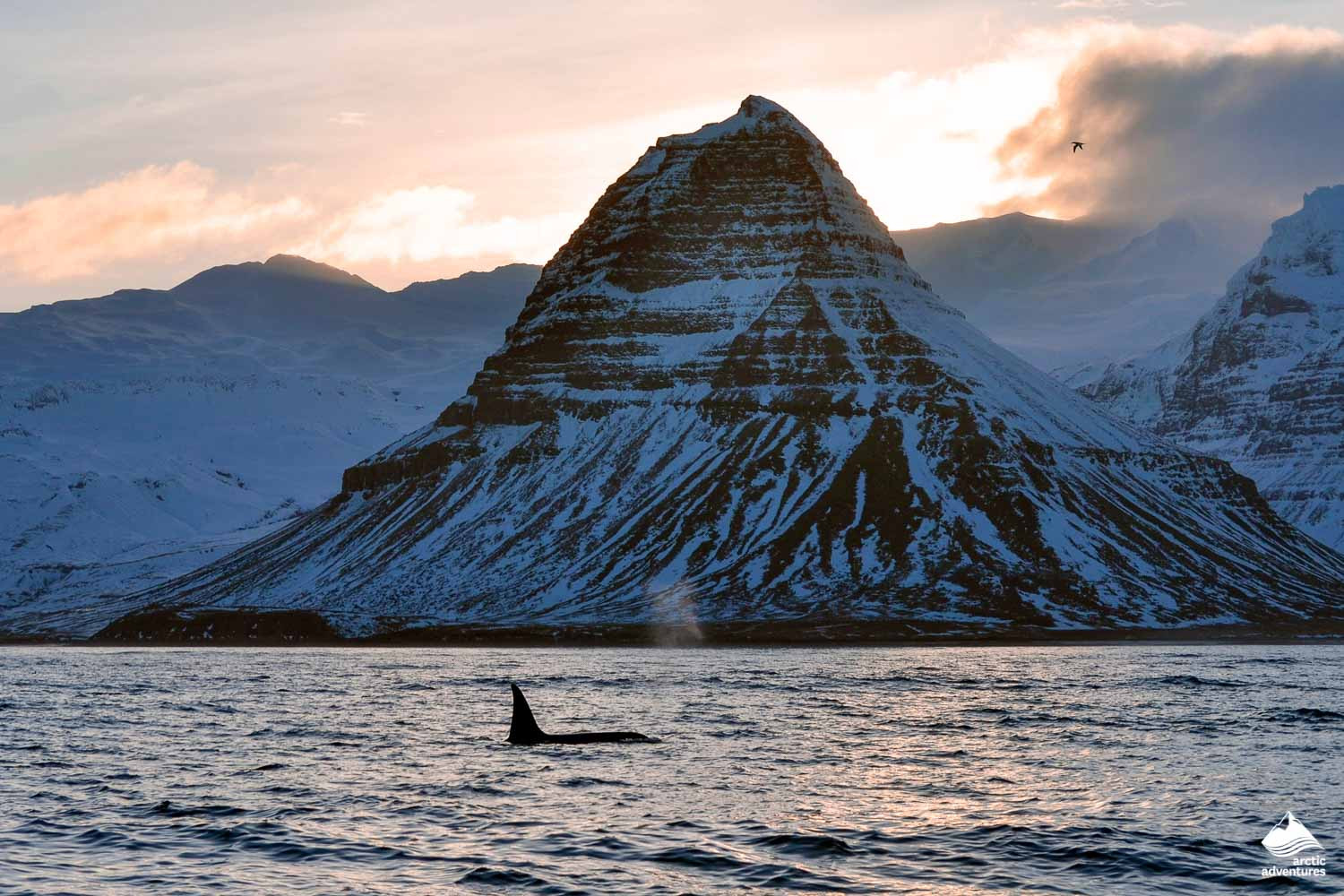 Orcas (Killer Whales) in Iceland
Orcas (Killer Whales) in Iceland
- Icelandic Cuisine: Icelandic food is celebrated for its freshness and Nordic simplicity. Traditional dishes, rooted in Viking-era preservation techniques, include fermented shark, ram testicles, and skyr, alongside modern culinary delights.
 Traditional Icelandic Food Tasting in Reykjavik
Traditional Icelandic Food Tasting in Reykjavik
- Icelandic Language: The Icelandic language is a source of national pride, closely resembling Old Norse, the language of the Vikings. Icelanders actively preserve their language, even coining new words instead of adopting foreign terms.
- World’s First Parliament: Iceland is home to Althingi, the world’s oldest parliament, founded at Thingvellir National Park in 930 AD, highlighting Iceland’s long-standing democratic traditions.
30 Fun Facts About Iceland
Delve deeper into the fascinating nature of Iceland with these fun facts:
- Iceland was one of the last places on Earth to be settled.
- Reykjavík, the capital, means “Smokey Bay.”
- Icelanders love black licorice.
- Iceland had the world’s first democratically elected female and openly gay Prime Minister.
- Icelandic nature is remarkably safe, with no dangerous animals.
- Iceland has a naming committee that approves baby names.
- Strip clubs are banned in Iceland.
- Police in Iceland do not carry firearms.
- Iceland has no standing army.
- McDonald’s once existed in Iceland, but closed.
- Icelanders often leave babies to nap in carriages outdoors.
- Belief in elves and hidden folk is prevalent in Iceland.
- It’s illegal to pay women less than men in Iceland.
- Iceland has a penis museum in Reykjavík.
- The English word “geyser” originates from the Icelandic Geysir.
- Icelanders are known for taking long showers, thanks to cheap geothermal energy.
- Iceland had a political party called “The Best Party.”
- A US army base was once located in Iceland.
- Iceland boasts one of the lowest crime rates globally.
- Iceland has won the Miss World pageant four times.
- Iceland hosts a Gay Pride parade with no protests.
- Iceland’s soccer team was the smallest nation to qualify for the World Cup in 2018.
- The Westfjords were the first part of Iceland to form.
- Icelanders use patronymic surnames based on their father’s first name.
- Icelanders enjoy ice cream year-round, even in winter.
- Iceland was among the first countries to legalize same-sex marriage.
- Iceland was initially named Snæland (Snowland) and Thule before settling on Iceland.
- Vatnajökull glacier is the largest in Europe.
- Eidur Smari Gudjohnsen, a famous footballer, is Icelandic.
- The Icelandic word for Prime Minister is “Forsætisráðherra.”
Top 10 Famous Attractions in Iceland
No exploration of Iceland is complete without experiencing its iconic attractions:
10. Goðafoss Waterfall
The “Waterfall of the Gods,” Goðafoss, is a majestic wide waterfall in North Iceland, a must-see in the region.
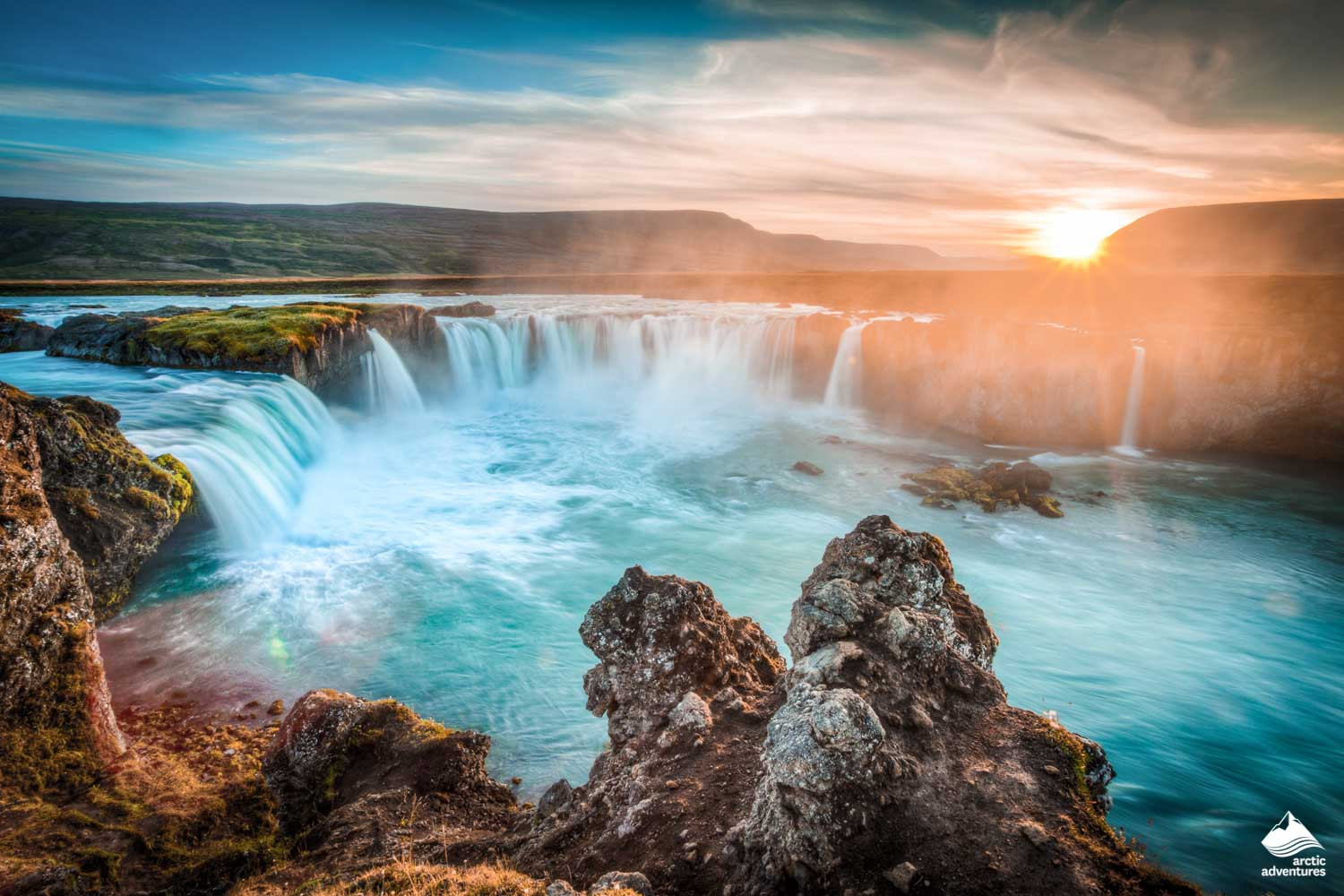 Goðafoss Waterfall in North Iceland at Sunset
Goðafoss Waterfall in North Iceland at Sunset
9. Skógafoss Waterfall
Skógafoss, a powerful South Coast waterfall, is rumored to hide treasure behind its cascading waters, adding to its allure.
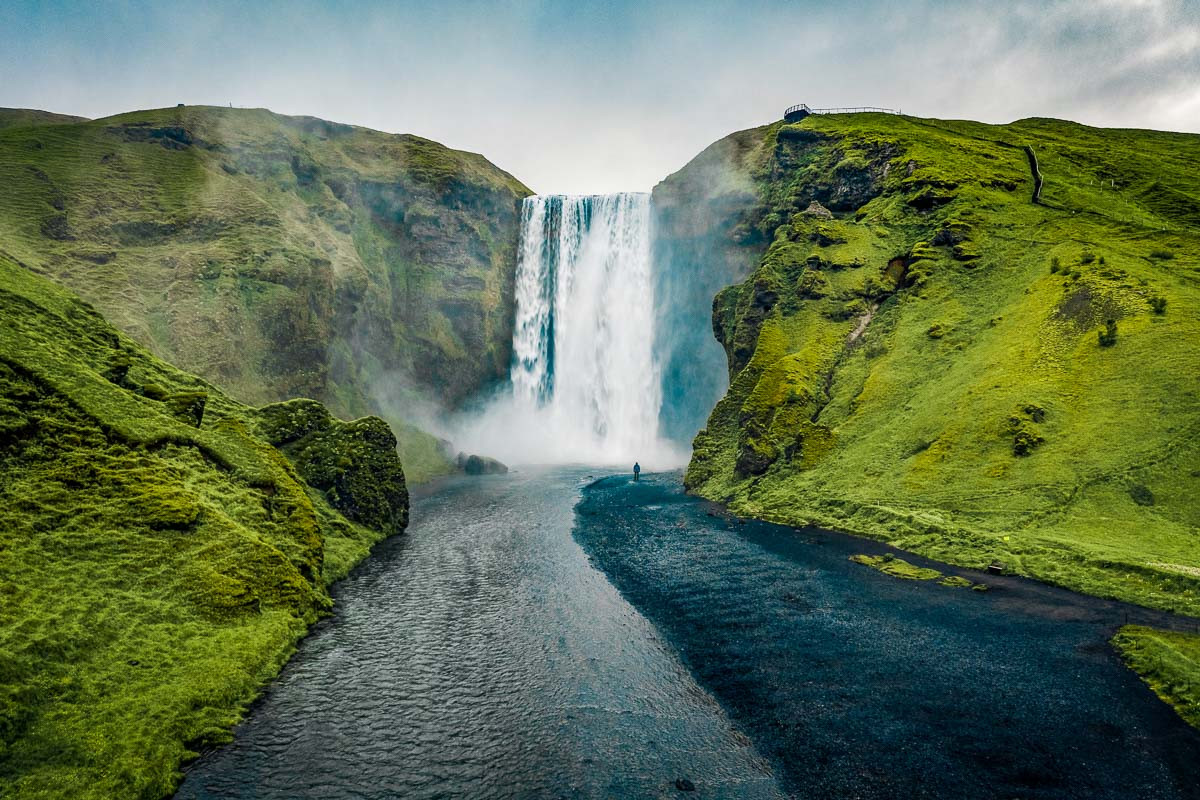 Skógafoss Waterfall by Skoga River in Iceland
Skógafoss Waterfall by Skoga River in Iceland
8. Seljalandsfoss Waterfall
Seljalandsfoss, famous for the walking path behind its curtain of water, gained further recognition after appearing on “The Amazing Race.”
7. Solheimasandur Plane Wreck
The haunting remains of a 1973 US Navy plane crash on Sólheimasandur Black Beach offer a unique and photogenic site.
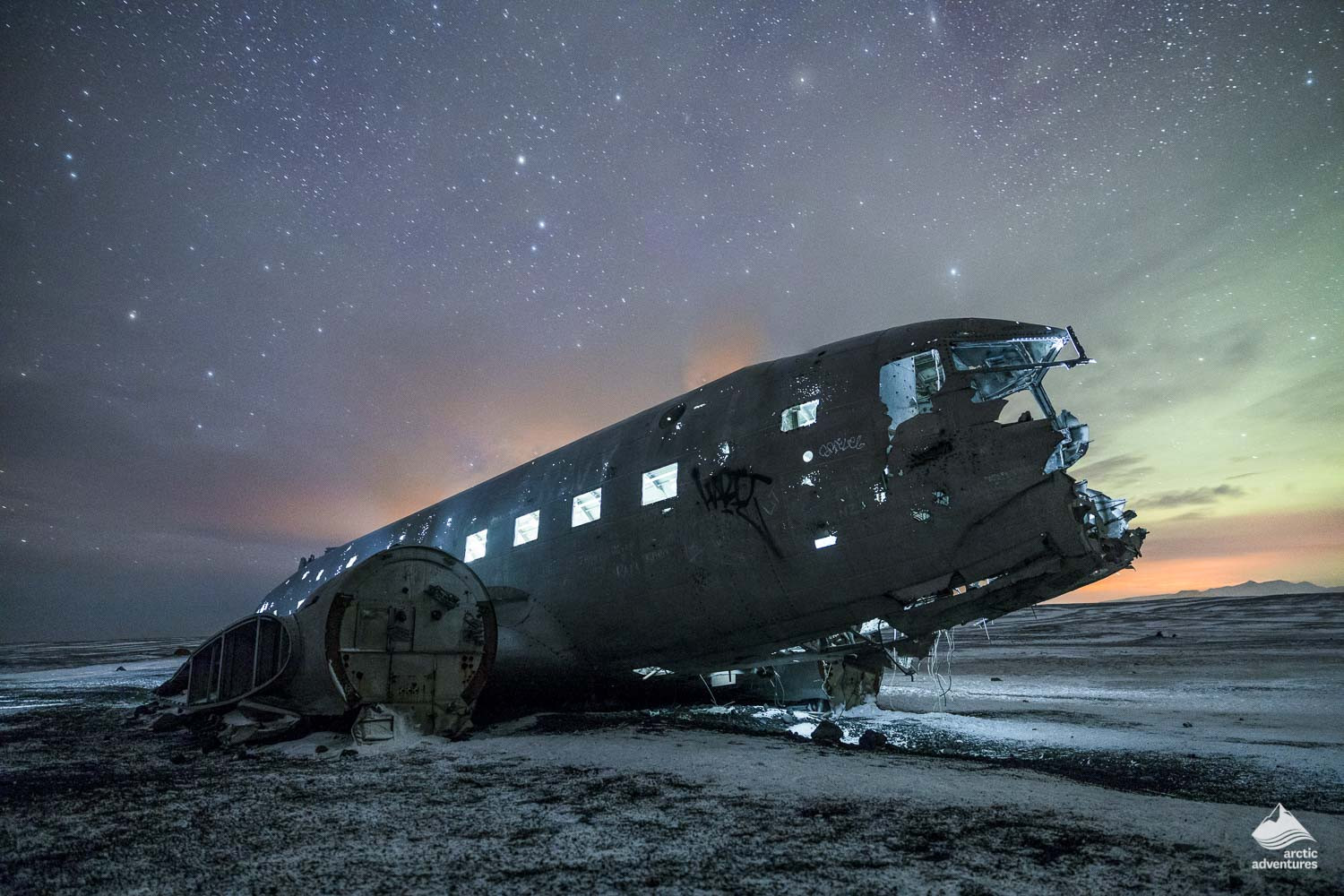 Northern Lights Above Solheimasandur Plane Wreck in Iceland
Northern Lights Above Solheimasandur Plane Wreck in Iceland
6. Reynisfjara Black Sand Beach
Reynisfjara, with its black sands, basalt columns, and caves, has served as a dramatic backdrop in films like Noah, Star Wars: Rogue One, and Game of Thrones.
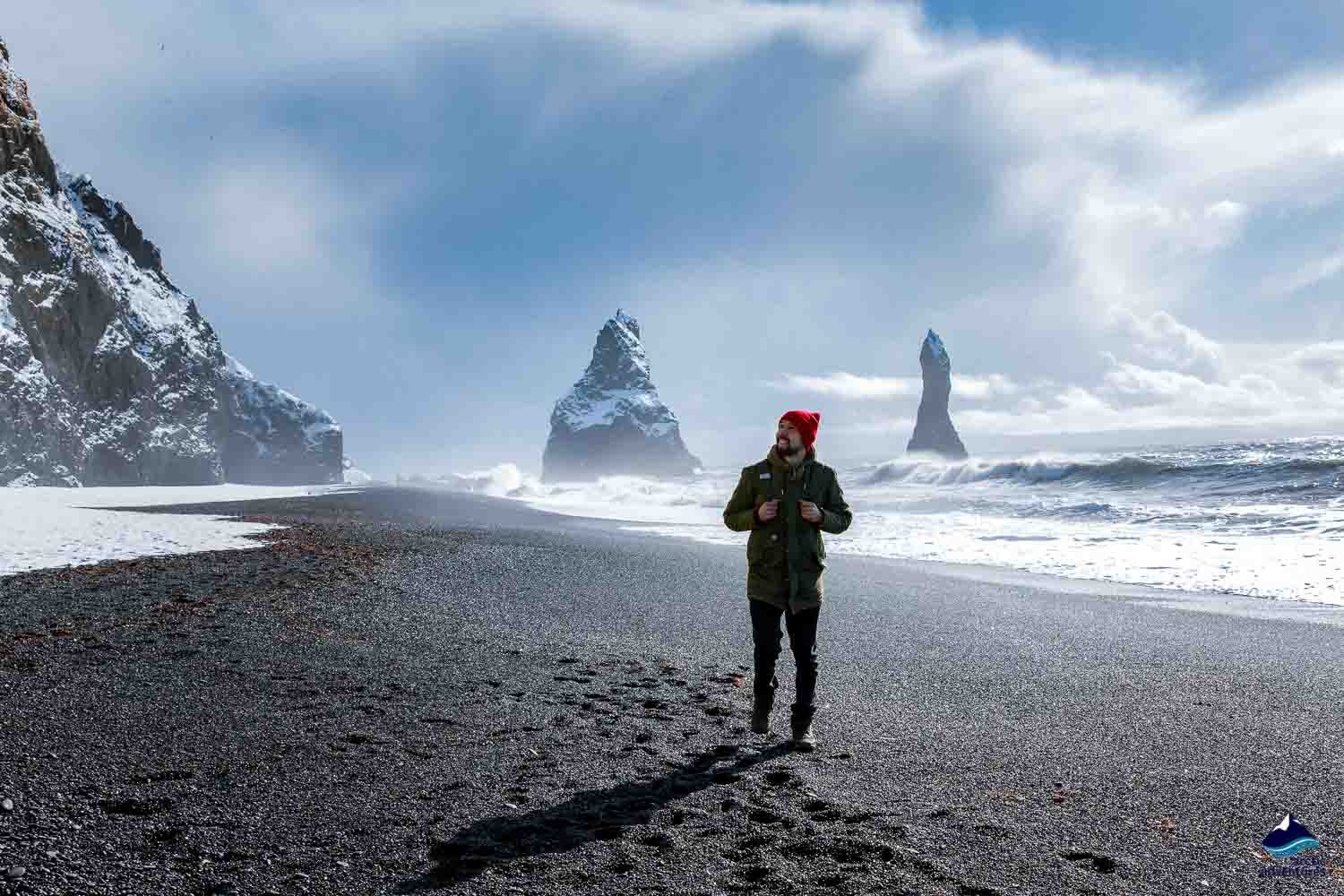 Reynisfjara Black Sand Beach on the South Coast of Iceland
Reynisfjara Black Sand Beach on the South Coast of Iceland
5. The Golden Circle
The Golden Circle route encompasses Iceland’s highlights: Thingvellir National Park, Geysir geothermal area, and Gullfoss waterfall, offering a concentrated dose of Icelandic wonders.
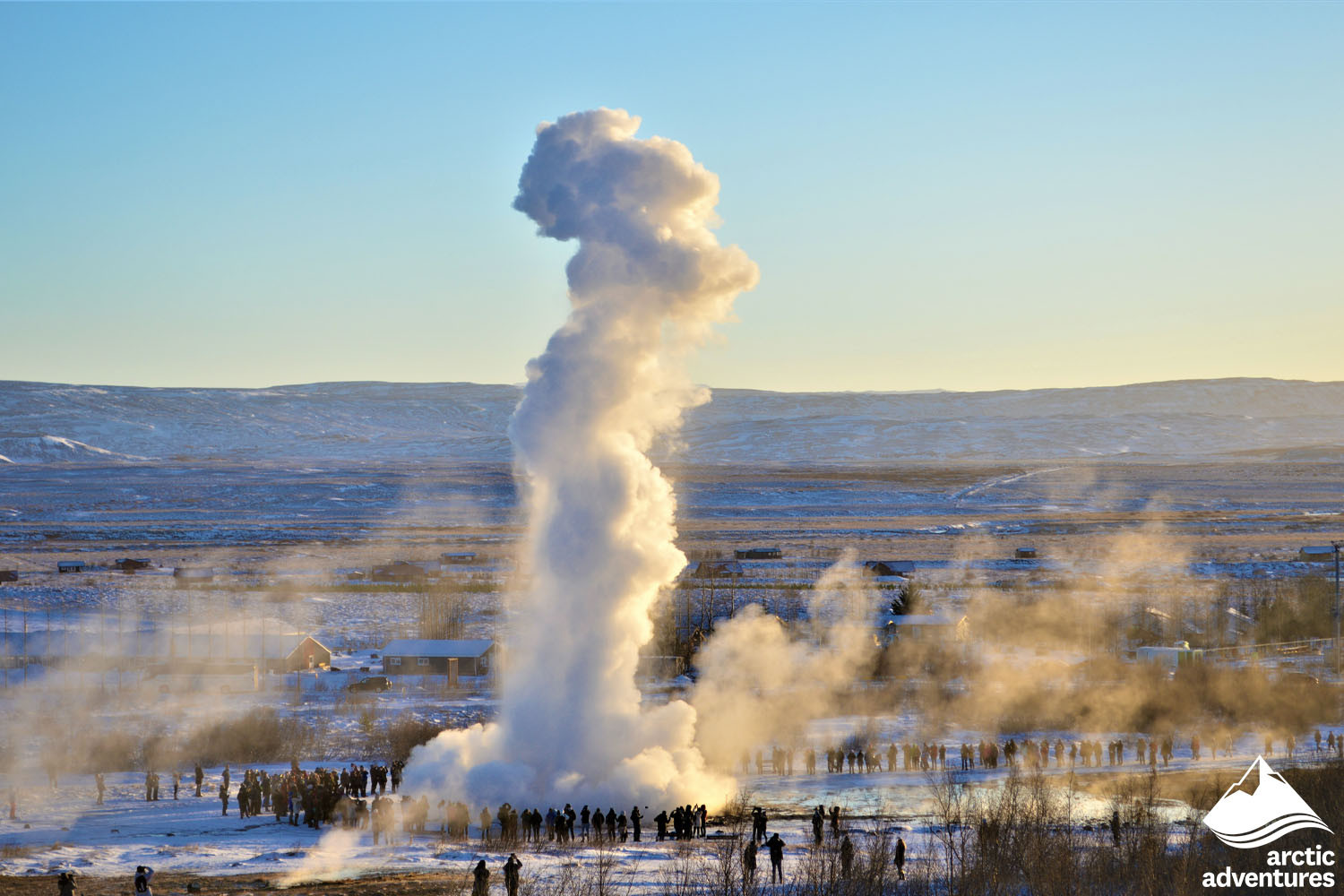 Great Geysir Geyser Eruption in Iceland at Sunrise
Great Geysir Geyser Eruption in Iceland at Sunrise
4. Hallgrímskirkja Church
Hallgrímskirkja, Reykjavík’s iconic towering church, provides panoramic city views from its tower.
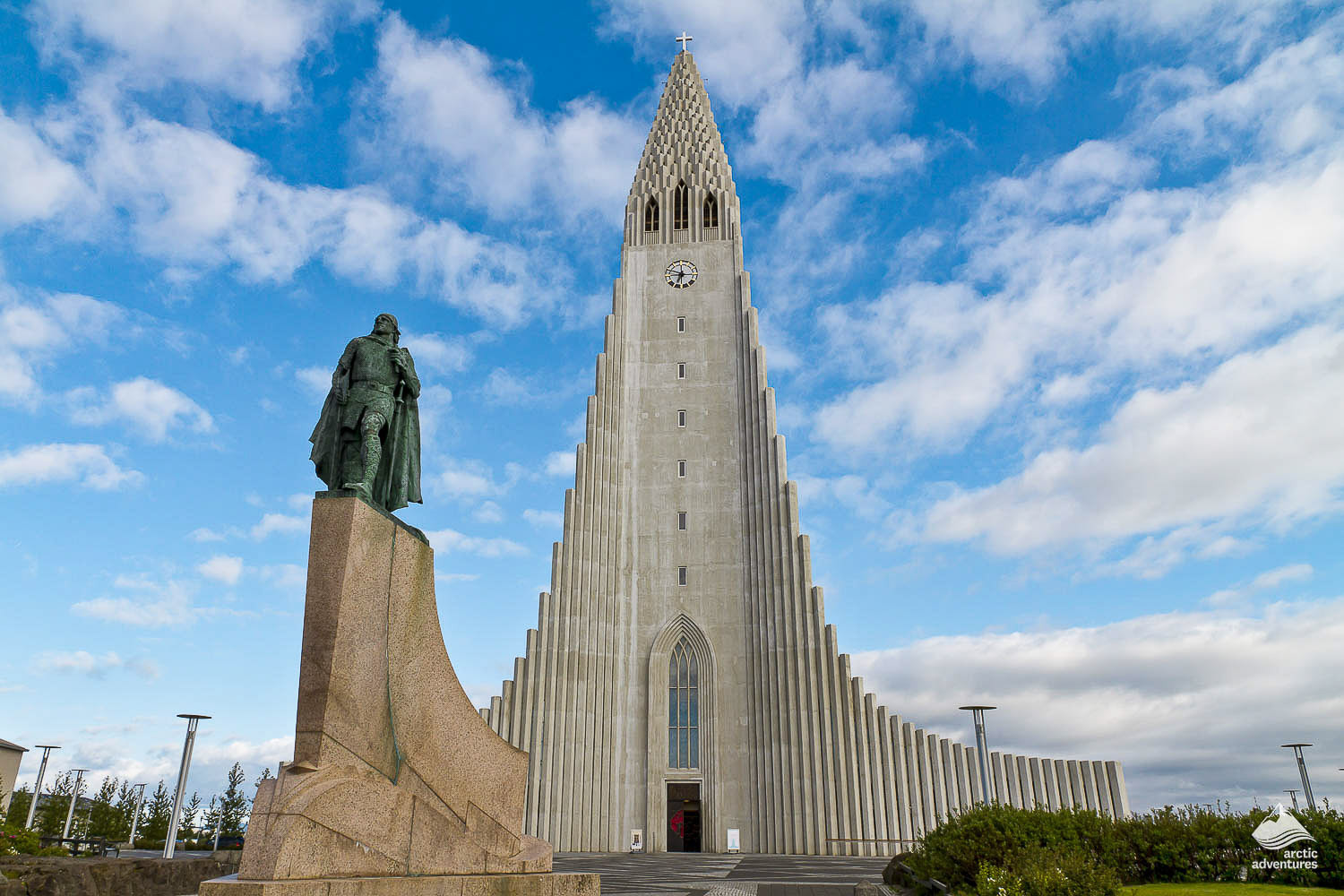 Hallgrímskirkja Church Architecture and Statue of Leifur Eiriksson in Reykjavik
Hallgrímskirkja Church Architecture and Statue of Leifur Eiriksson in Reykjavik
3. Jökulsárlón Glacier Lagoon
Jökulsárlón Glacier Lagoon, filled with icebergs calving from a glacier, is a breathtaking spectacle, complemented by the nearby Diamond Beach.
2. Kirkjufell Mountain
Kirkjufell, Iceland’s most photographed mountain, located on the Snæfellsnes Peninsula, gained further fame as the “arrowhead mountain” in Game of Thrones.
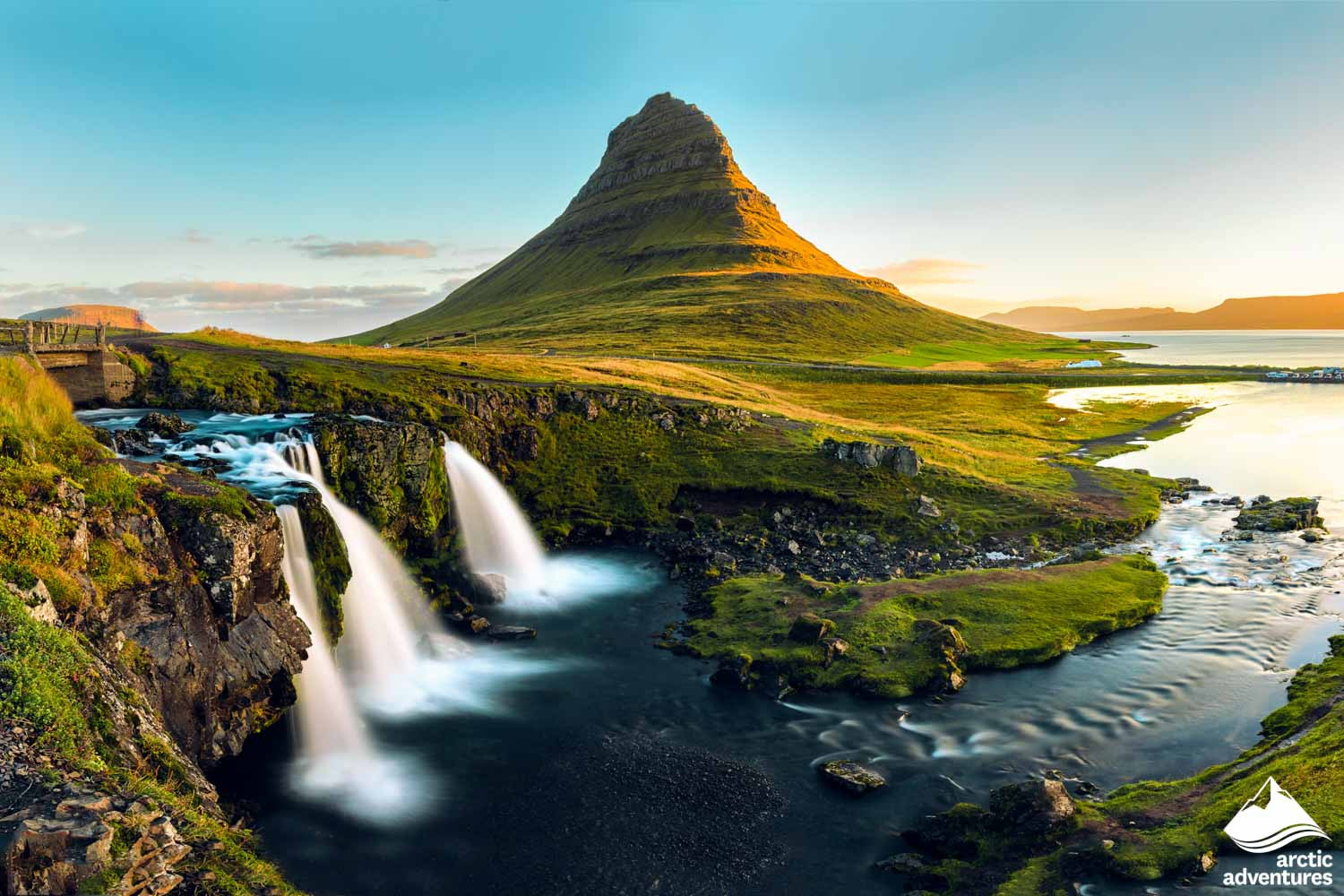 Panoramic View of Kirkjufell Mountain in Iceland
Panoramic View of Kirkjufell Mountain in Iceland
1. The Blue Lagoon
The Blue Lagoon, a geothermal spa famed for its turquoise waters and therapeutic properties, is Iceland’s most celebrated attraction.
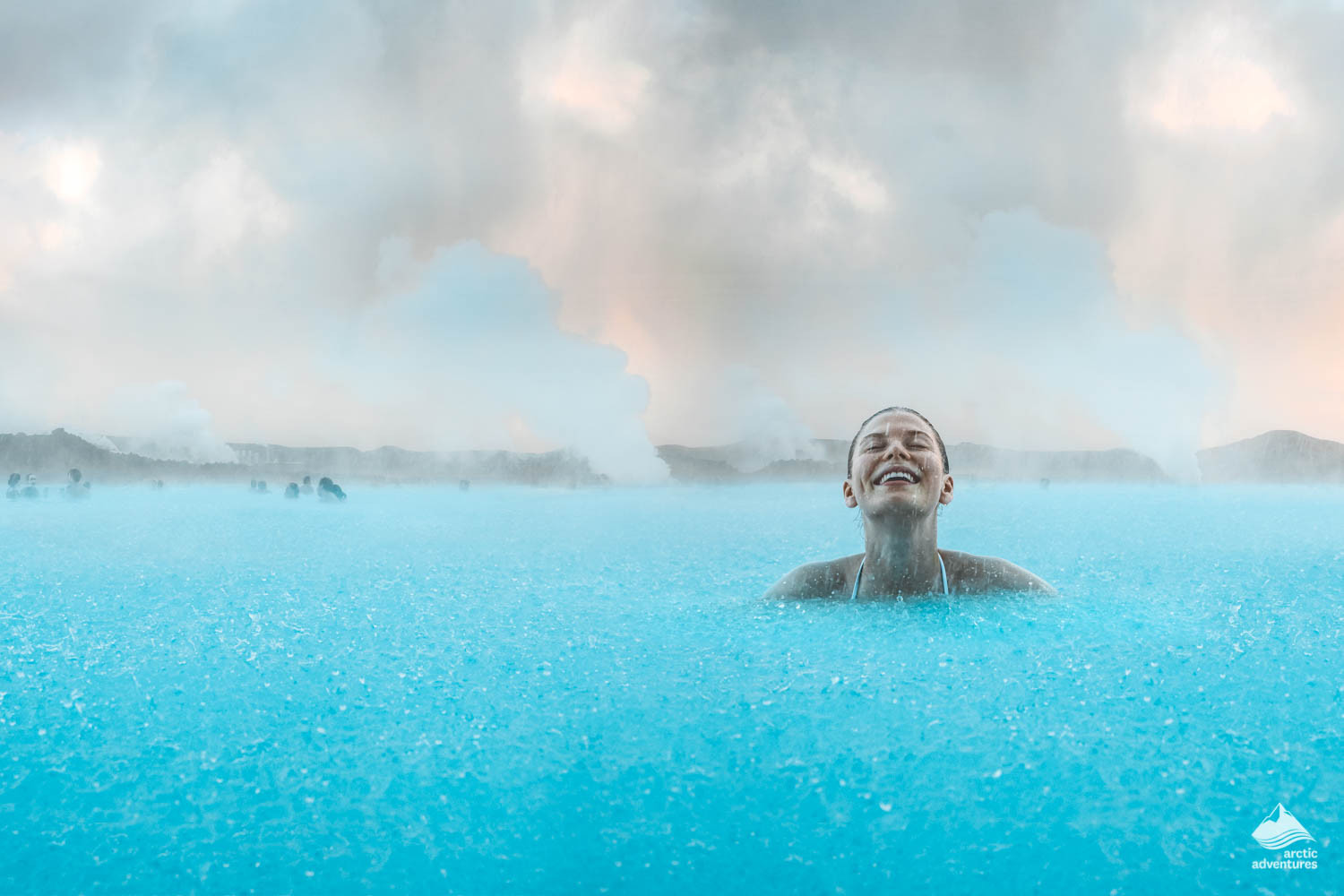 Relaxing in the Hot Waters of the Blue Lagoon in Iceland
Relaxing in the Hot Waters of the Blue Lagoon in Iceland
Conclusion
Iceland’s location, nestled in the North Atlantic Ocean, is fundamental to its unique identity and captivating appeal. From its dramatic volcanic landscapes and glacial wonders to its rich culture and forward-thinking society, Iceland offers an unparalleled travel experience. Understanding where Iceland is located is the first step in appreciating the remarkable nature of this “Land of Ice and Fire.”
